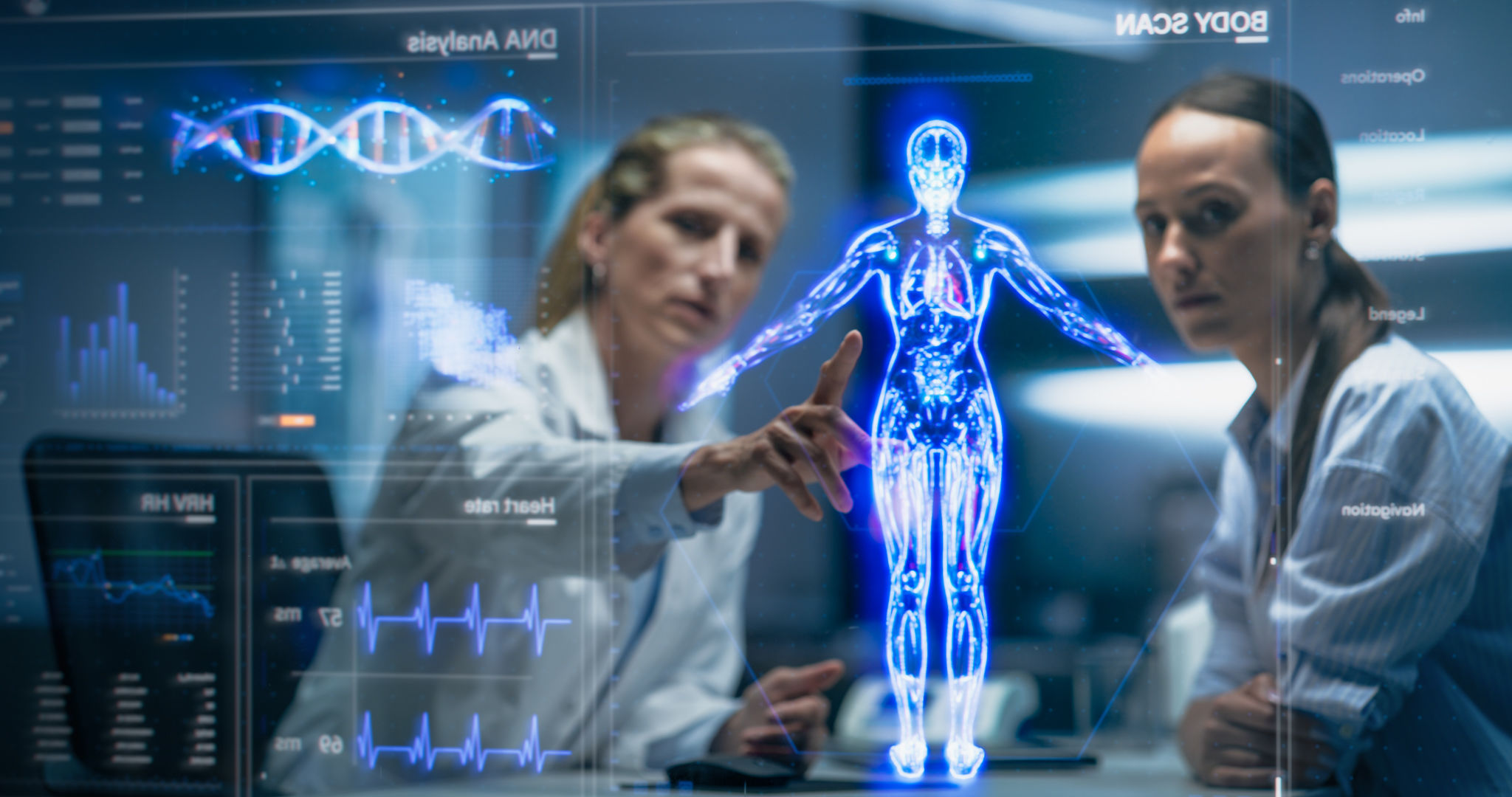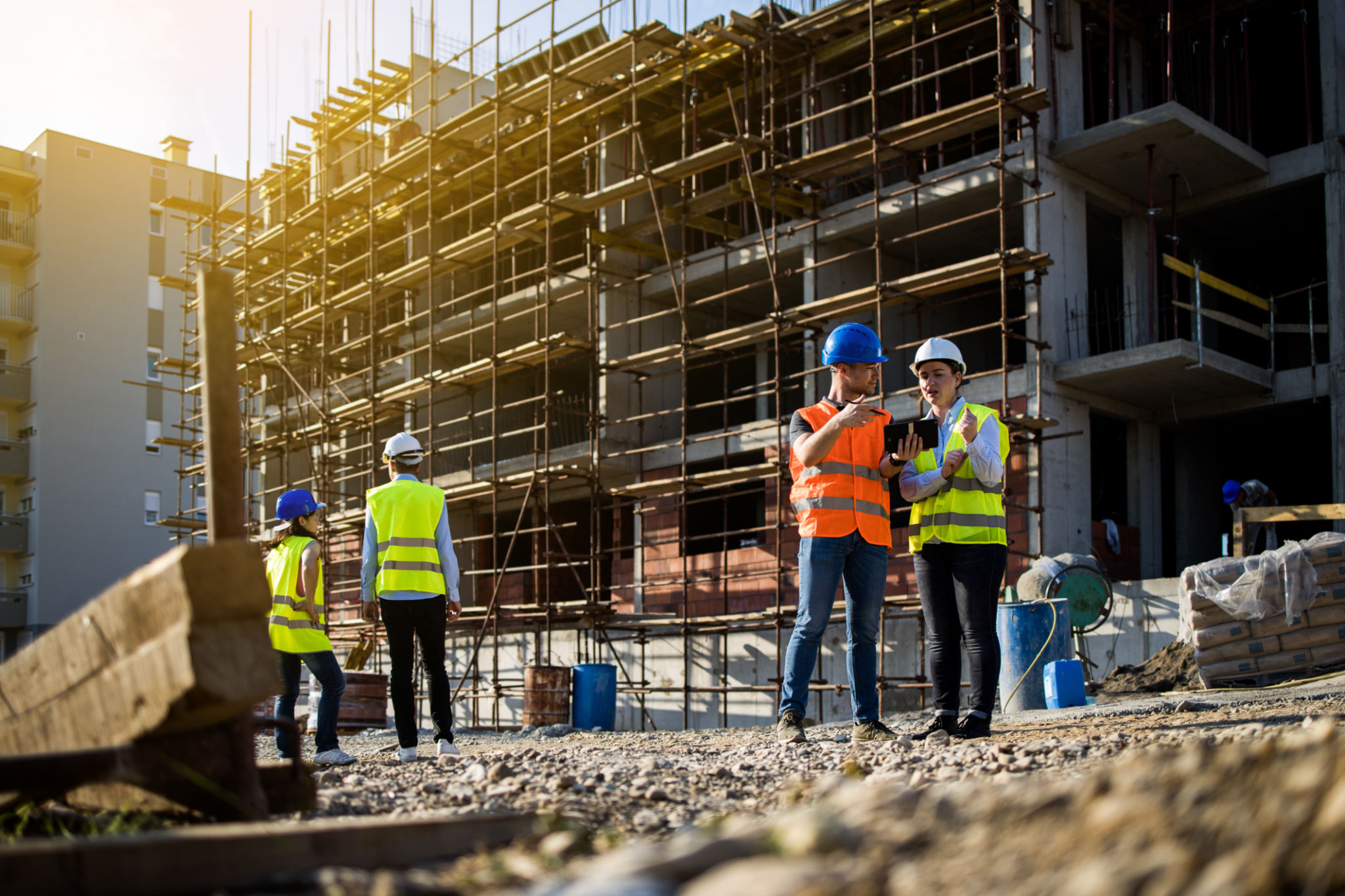Digital Twins in Structural Assessments: A Game Changer for Safer Buildings
Understanding Digital Twins
In recent years, the concept of digital twins has emerged as a revolutionary tool in various industries, including construction and structural assessments. A digital twin is a virtual replica of a physical asset, process, or system. This digital counterpart serves as a bridge between the physical and digital worlds, enabling real-time monitoring and analysis. By utilizing digital twins, engineers and architects can create safer, more efficient buildings.

The Role of Digital Twins in Structural Assessments
Structural assessments have traditionally relied on physical inspections and static models. However, these methods can be time-consuming and sometimes insufficient in identifying potential risks. Digital twins offer a dynamic solution by providing continuous insights into a building's performance. They allow for the simulation of various scenarios, predicting how structures will respond to different stressors such as natural disasters or wear and tear over time.
One of the major advantages of using digital twins in structural assessments is the ability to detect issues early. Through constant data collection and analysis, potential problems can be identified before they escalate. This proactive approach can significantly reduce maintenance costs and enhance the longevity of structures.
How Digital Twins Enhance Safety
The integration of digital twins into building management systems enhances safety by offering a comprehensive understanding of structural integrity. By simulating real-world conditions, digital twins can predict potential failures and suggest preventive measures. This prediction capability is crucial for ensuring that buildings meet safety standards and are prepared for unexpected events.

Furthermore, digital twins facilitate better decision-making by providing stakeholders with accurate data on structural performance. This transparency allows for informed decisions regarding renovations, upgrades, or emergency responses, ultimately leading to safer living and working environments.
Implementing Digital Twins in Building Management
Implementing digital twins requires a combination of advanced technologies such as IoT sensors, AI, and machine learning algorithms. These technologies work together to collect and analyze data from various building systems. The integration process involves creating a detailed digital model that reflects the building's real-time conditions.
For successful implementation, it is essential to have a collaborative approach involving architects, engineers, IT professionals, and facility managers. This interdisciplinary collaboration ensures that the digital twin accurately represents the building's dynamics and serves its intended purpose effectively.

The Future of Digital Twins in Construction
As technology continues to evolve, the potential applications of digital twins in construction are expanding. Future advancements may include more sophisticated simulations that consider additional variables such as environmental impact and energy efficiency. This evolution will further enhance the ability to design and maintain resilient infrastructures.
Moreover, as buildings become smarter with the integration of AI and IoT, digital twins will play an integral role in automating building management processes. This automation will not only improve efficiency but also contribute to sustainability efforts by optimizing resource usage.
Conclusion
The advent of digital twins marks a significant milestone in structural assessments and building safety. By leveraging this technology, the construction industry can ensure that buildings are not only safer but also more efficient and sustainable. As we continue to embrace digital innovation, the future of construction looks promising with digital twins leading the way in transforming how we design, build, and manage our built environment.
